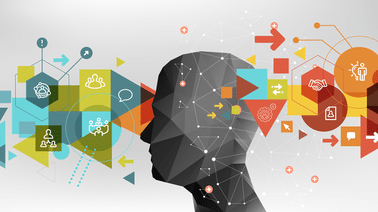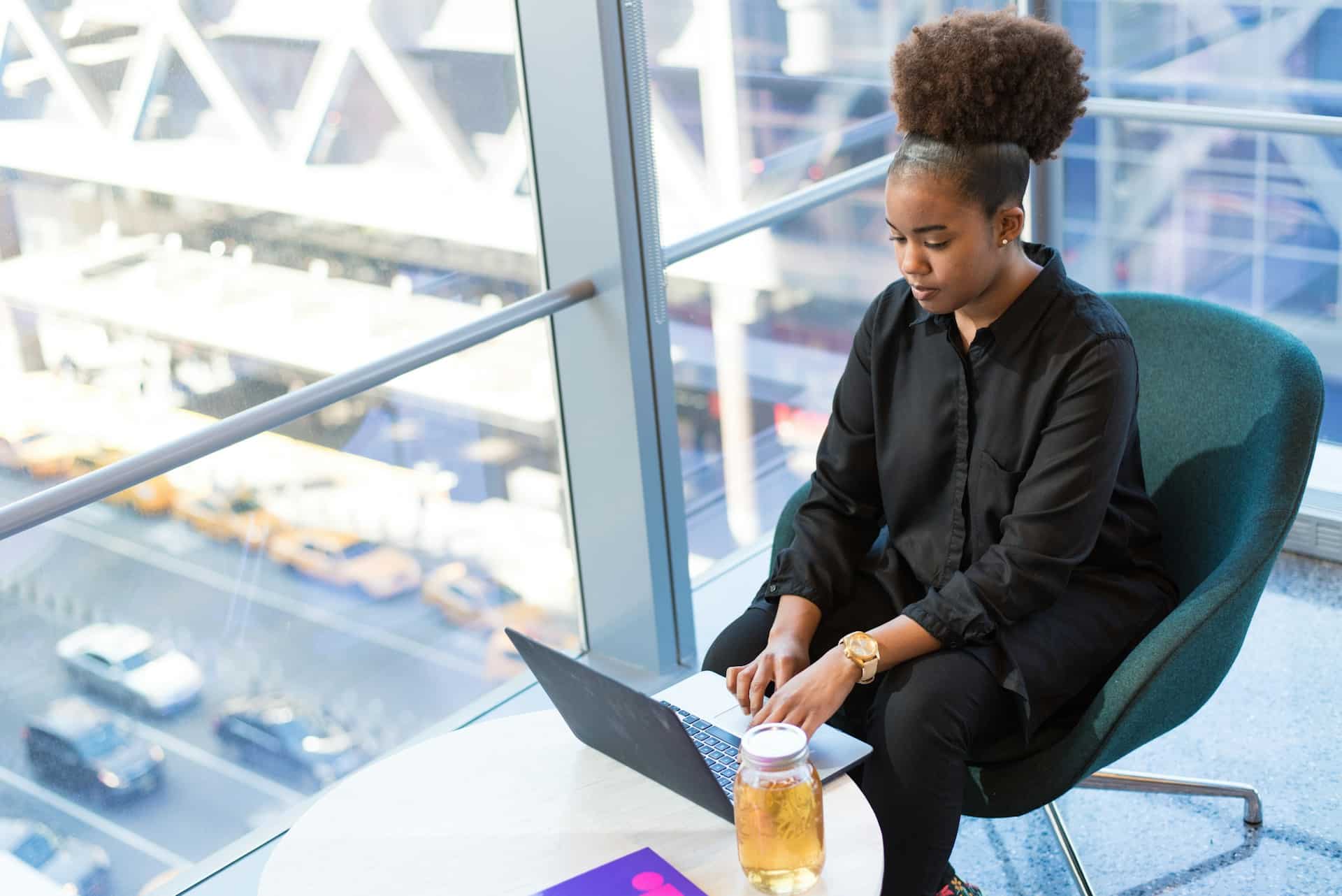
Norman Ford, VP Compliance Solutions Operations at Skillsoft
The question of bias is at its heart a complex and difficult one. Regardless of how open-minded we claim to be, the truth is a combination of human nature, society and culture produce stereotyping and prejudices that inform how we behave towards one another.
These biases can manifest in very public demonstrations. Recently, this was seen in a Starbucks, when two African-American men, Rashon Nelson and Donte Robinson, were arrested for behaviour that had other individuals exhibited the outcome would have been very different. We see it in the many instances whereby a female colleague is assumed to be the secretary or the assistant rather than the boss, or when the wearing of a headscarf or a turban results in a person automatically getting selected for a pat down at airport security.
The litany of examples of bias is long and makes for disturbing reading, and unfortunately, often the response is either apathy or acceptance, an attitude that such is human behaviour and there’s very little we can do about it.
But this way of thinking is almost more disheartening than the atrocities mentioned above. Absolutely there is something we can do – it’s called unconscious bias training.
How does it work?
Unconscious bias training helps people recognise and observe their own biases, and establish how best to overcome such prejudices and improve diversity in the workplace.
It affords individuals the opportunity to examine how their behaviour reflects their biases and offers methods and solutions people can use to ensure incidents like that which happened in Philadelphia do not occur again.
In a way, it’s similar to raising awareness. Yes there are times when one might argue that the bias is not exactly unconscious. But what this training does is raise everyone’s awareness to the fact that how we treat customers, colleagues and others must be a fixed state and not change depending on the individuals’ gender, race, ethnicity, religion, age or sexual preference.
Not all training is the same
Merely lecturing employees on appropriate and inappropriate behaviour will not create meaningful behavioural change and potentially inflames already fragile relationships. That’s why training is needed to remedy situations such as the Starbucks one.
Some companies invest heavily in brain science research to inform the development of instructional content that can bring about real behavioural change, and this is to be applauded. Learners need three things in a content experience for optimal learning: relevance, meaning, and emotion.
Content needs to be designed to meet these needs. It should incorporate real-world scenarios that foster a linkage between emotion and cognition. This synergistic dynamic ensures the learning experience is ‘seen’ through the learner’s eyes, which makes the learning stick. Better retention results in the increased likelihood of changed behaviour.
Training is just one piece of the puzzle
Employers who take that first step and recognise the importance of education are helping to tackle the unconscious bias problem. However, we must be careful not to assume that unconscious bias training is the perfect panacea, and that simply implementing such a program will automatically rid the organisation of bias.
Such seismic shifts only come about through a transformation in the entire culture of an organisation. There is no one-stop solution for ridding an organisation of bias; it happens only with on-going and continuous training and executive-led company buy-in.



